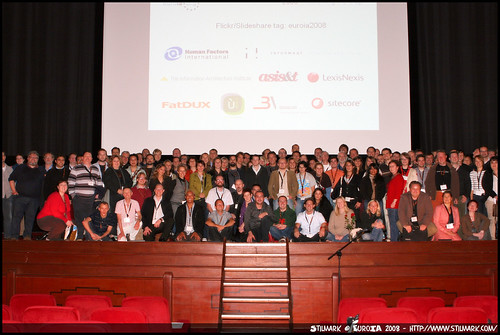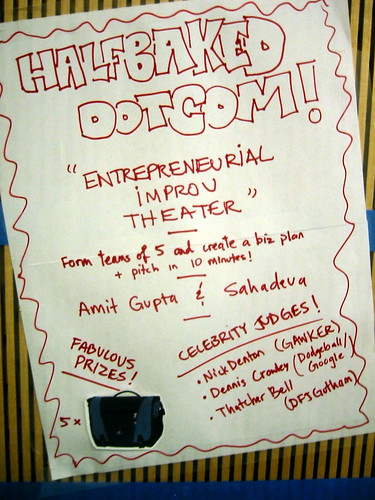If I was in San Francisco, I’d go hear Paul Saffo…
“Effective forecasting is not merely possible, but remarkably easy,” he says. “All it takes is a simple shift in perspective and a few common-sense heuristics.”
Saffo draws on his study of the history of technology to give unusual perspective on the accelerating wavefront of current technology and what it means and will mean. As a Long Now board member, he slots forecasting neatly into long-term thinking.
“Embracing Uncertainty: the Secret to Effective Forecasting,” Paul Saffo, Cowell Theater, Fort Mason, San Francisco, 7pm, Friday, January 11. The lecture starts promptly at 7:30pm. Admission is free (a $10 donation is always welcome, not required).
But I’m in New York, so I’ll wait for the podcast.
Update: Here’s Stewart Brand’s summary:
Reflecting on his 25 years as a forecaster, Paul Saffo pointed out that a forecaster’s job is not to predict outcomes, but to map the “cone of uncertainty” on a subject. Where are the edges of what might happen? (Uncertainty is cone-shaped because it expands as you project further into the future— next decade has more surprises in store than next week.)
Rule: Wild cards sensitize us to surprise, and they push the edges of the cone out further. You can call weird imaginings a wild card and not be ridiculed. Science fiction is brilliant at this, and often predictive, because it plants idea bombs in teenagers which they make real 15 years later.
Rule: Change is never linear. Our expectations are linear, but new technologies come in “S” curves, so we routinely overestimate short-term change and underestimate long-term change. “Never mistake a clear view for a short distance.”
“Inflection points are tiptoeing past us all the time.” He saw one at the DARPA Grand Challenge race for robot cars in the Mojave Desert in 2004 and 2005. In 2004 no cars finished the race, and only four got off the starting line. In 2005, all 23 cars started and five finished.
Rule: Look for indicators- things that don’t fit. At the same time the robot cars were triumphing in the desert, 108 human-driven cars piled into one another in the fog on a nearby freeway. A survey of owners of Roomba robot vacuum cleaners showed that 2/3 of owners give the machine a personal name, and 1/3 take it with them on vacations.
Rule: Look back twice as far. Every decade lately there’s a new technology that sets the landscape. In the 1980s, microprocessors made a processing decade that culminated in personal computers. In the 1990s it was the laser that made for communication bandwidth and an access decade culminating in the World Wide Web. In the 2000s cheap sensors are making an interaction decade culminating in a robot takeoff. The Web will soon be made largely of machines communicating with each other.
Rule: Cherish failure. Preferably other people’s. We fail our way into the future. Silicon Valley is brilliant at this. Since new technologies take 20 years to have an overnight success, for an easy win look for a field that has been failing for 20 years and build on that.
Rule: Be indifferent. Don’t confuse the desired with the likely. Christian end-time enthusiasts have been wrong for 2,000 years.
Rule: Assume you are wrong. And forecast often.
Rule: Embrace uncertainty.
Saffo ended with a photo he took of a jar by the cash register in a coffee shop in San Francisco. The handwritten note on the jar read, “If you fear change, leave it in here.”
–Stewart Brand


 We’re pleased as punch to partner with our good friend Lou Rosenfeld at
We’re pleased as punch to partner with our good friend Lou Rosenfeld at 



